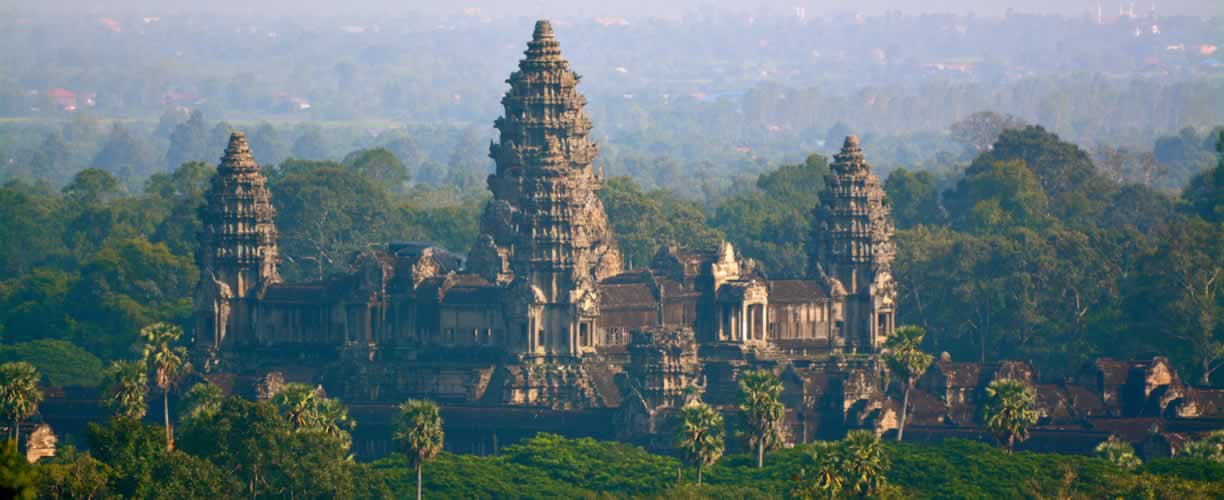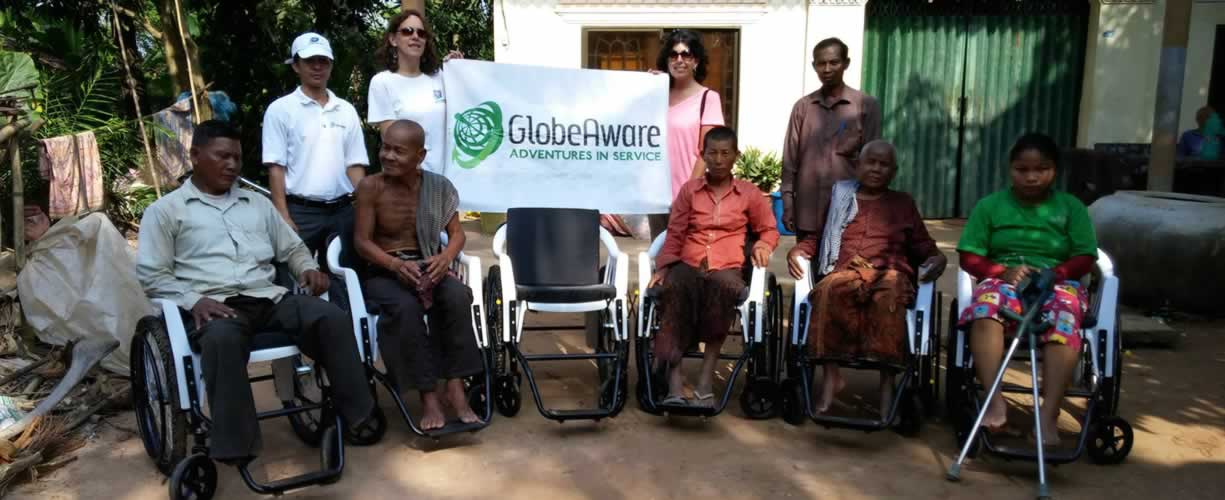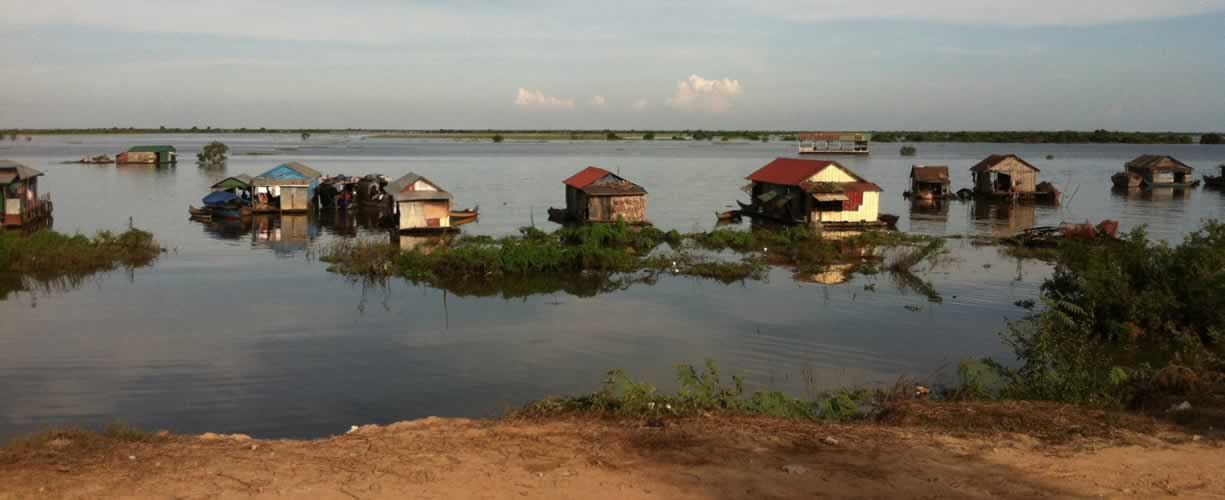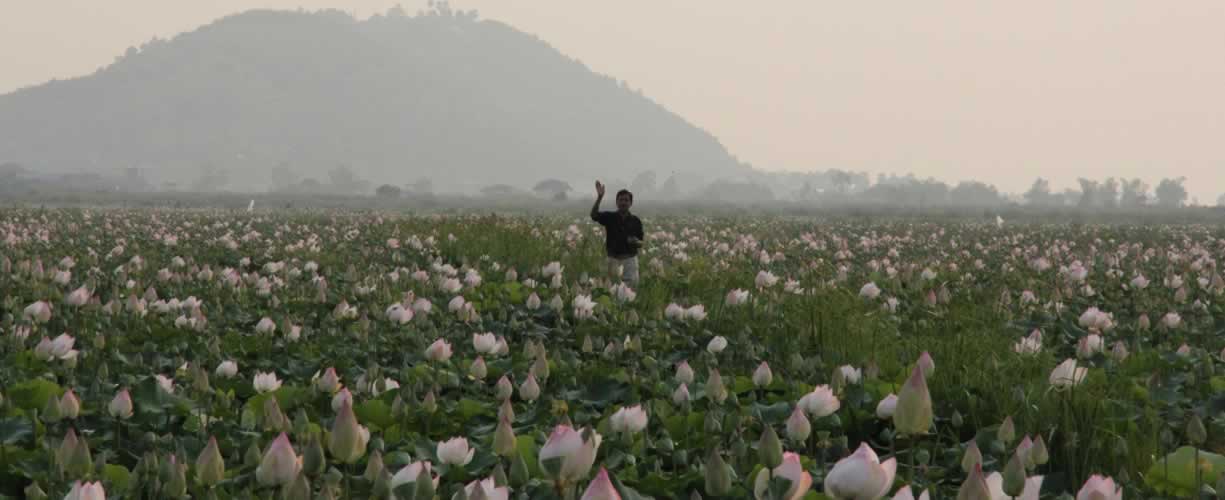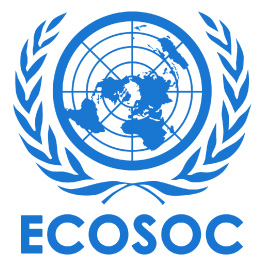Cambodia is bounded on the west by Thailand, on the north by Laos, on the east by Vietnam and to the south by the Gulf of Thailand. It's about half the size of Vietnam or Italy. Topographically, the country is dominated by the mighty Mekong River, which cuts a swathe through the country from north to south; the fish-filled Tonle Sap (Great Lake); the Elephant and Cardamom mountains in the southwest; the Dangkrek Mountains along the Thai border; and the Eastern Highlands in the northeast. Most Cambodians live on the fertile central plains of the Mekong-Tonle basin.
The biggest threat to Cambodia's natural environment is the logging frenzy which reduced the country's forest coverage from 75% in the mid-1960s to just 49% in mid-1993 - and with the government constantly strapped-for-cash, there's little reason to believe that the stripping of such assets will come to a halt soon. The number of national parks is slowly growing, but with illegal logging as rife as legal concessions, no tree in Cambodia is safe. The parks include Bokor, on the south coast; Ream, near Sihanoukville; Kirirom, outside Phnom Penh; and Virachay, bordering Laos and Vietnam. A number of endangered species which are elsewhere extinct are thought to be hidden in the more remote habitats, including elephants, tigers, lepoards, rhinos, gibbons, bats and crocodiles. The most commonly found fauna are varieties of butterflies, snakes and birds such as cormorants, cranes and ducks.
Cambodia's climate is governed by two monsoons: the cool, dry northeastern monsoon from November to February, and the humid southwestern monsoon from May to October. Monsoon rains fall mostly in the afternoon, and account for 70 to 80% of annual rainfall. Average annual temperatures vary from 21 to 35


